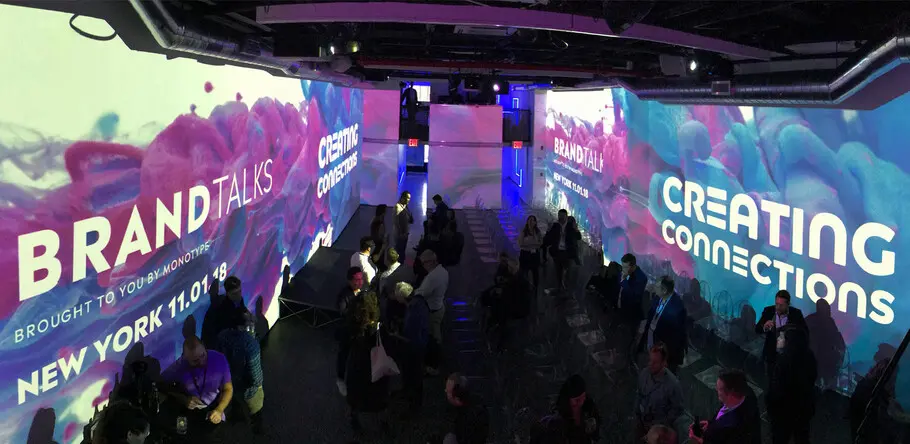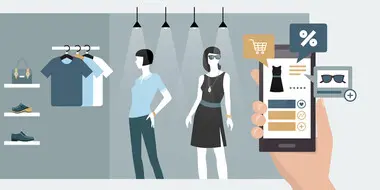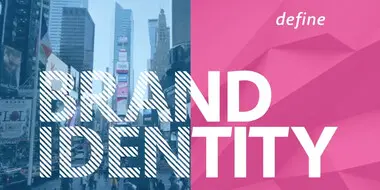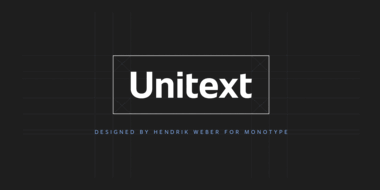Brand Talks: Creating Connections. What does it mean to be believable?

What does it mean to be believable? This was the core question explored by a trio of speakers at Brand Talks: Creating Connections, in New York City. The answer is simple: Actions speak louder than words. But for marketers trying to form genuine, lasting relationships with modern customers, embodying that ideal is more complicated than it seems.
As a culture, we’ve become fixated on the concepts of “authenticity.” The word is seemingly everywhere: Your brand has to engage in authentic conversations, have authentic values, and so on. No one would suggest authenticity is a bad thing, but we’ve pushed the word, and even the idea, to the point where oversaturation drains the term of any meaning.
Bottom line, it’s easy for brands to be authentic, and modern consumers understand that. But to be believable, brands need to put their money where their mouth is.
Live your values
“Shopping has become politically motivated with youth brands,” said Ben Harms of Archrival. Harms led off the Brand Talks program with a rapid-fire dive into the attitudes and values of young people—namely Gen Z and millennials. “Brands need to have values and live up to them.” he said, noting that young consumers are telling brands, “I will pay more for your product because you care about what I care about.”
Younger consumers have lost faith in formal institutions, and many look to brands—with their financial clout and broad social influence—to be agents of change. This means it isn’t enough for a brand to profess values, it has to demonstrate them in real life. Among many examples, he cited Patagonia’s vocal advocacy for the preservation of Bear’s Ear’s National Monument. An action like this goes beyond “caring” about the environment to actually caring for the environment.
Victoria Nyberg, Director on Content Marketing for Rebecca Minkoff and the night’s third speaker, explained how her brand’s I Am Many Collective was built around elevating successful women and empowering women to achieve.
Ben Harms, Archrival.
“Rebecca says, all the time, that behind every successful woman is another successful woman,” Nyberg said. “We believe in making sure you help others, boost them up, and actually empower women to achieve. So it’s important to use our store and social channels to give women a voice and provide a platform for the social causes we believe in.”
Harms said his agency has heard a lot on this topic. “Young consumers are saying, ‘We’re tired of you talking about this. Stop talking and start doing it.’”
Look the part
Monotype Senior Type Director Charles Nix presented with Lucy Todaro of Progressive Insurance about creating a new custom typeface for the quirky insurance provider.
The project was born out of a fundamental disconnect within the company itself: Despite memorable branding, the company’s creative work was incoherent, largely due to a inconsistent font usage. “We were using a different font for emails, apps, and so forth,” Todaro admitted, which degraded the user experience for the company’s customers.
“Today’s consumers believe life shouldn’t have borders,” Harms explained in his presentation. “Believable connections require removing borders so people can experience brands naturally, organically, and yes, authentically. Everything—every extra click, every hurdle—is a border.”
Todaro pointed out that, as an insurance company, Progressive has countless touch points, from forms to the quote process, and obviously throughout its marketing. The brand’s inconsistent font usage was essentially creating small borders throughout its brand ecosystem, and those needed to be removed. Once she showed the CEO how disconnected the experience had become, the push was on to create a new font.
Charles explained that this process began with “psychotherapy” in the form of questions about the brand. Progressive wanted to exude innovation, trustworthiness, friendliness, and convenience, so Nix designed a typeface that evoked those qualities, fit seamlessly alongside Progressive’s logotype, and offered the flexibility Progressive needed for its various touch points.
This attention to detail not only improves the appearance and usability of those touch points, but demonstrates Progressive’s dedication to the customer’s experience. That’s believability in action.
Loyalty through change
Each presenter touched on the need for brands to embrace evolution and uncertainty. “Customers are no longer loyal to brands,” Harms said, “but loyal to creativity and innovation. Brands that push themselves can maintain favor.”
Speaking specifically about Gen Z, Harms explained that the generation was “born social, searching for sense of self, to stand out. Speaking to this generation requires more differentiation. They love the unique, the limited release, things other people don’t have. They prefer unknown brands.”
“Gen Z is the most self-reliant generation yet,” he said. “They know how to find answers and get things done, and “won’t wait for the validation of the corporate world.”
Victoria Nyberg, Director on Content Marketing, Rebecca Minkoff.
For brands, that means the path to connection lies in taking risks. “Often bigger brands won’t try something new because they worry about it going wrong,” Nyberg admitted. “Sometimes it’s tough, when you have almost 1 million followers, to say, ‘are we going to take that leap and try new things?’ But it is really important that you don’t stand still. No brand can do that these days. It’s part of our culture.”
Instead, brands can embrace the concept of digital tribes, a “third culture,” as Harms put it, with people finding each other across the world, united by shared passions and connected through digital networks.
These days, Harms said, “the more you stand out, the more you fit in.” Good advice for brands seeking believable connections in the modern marketplace.














